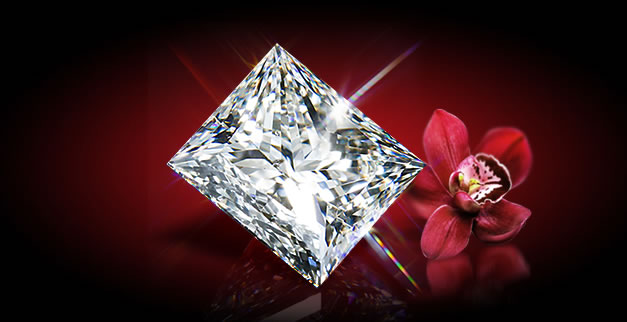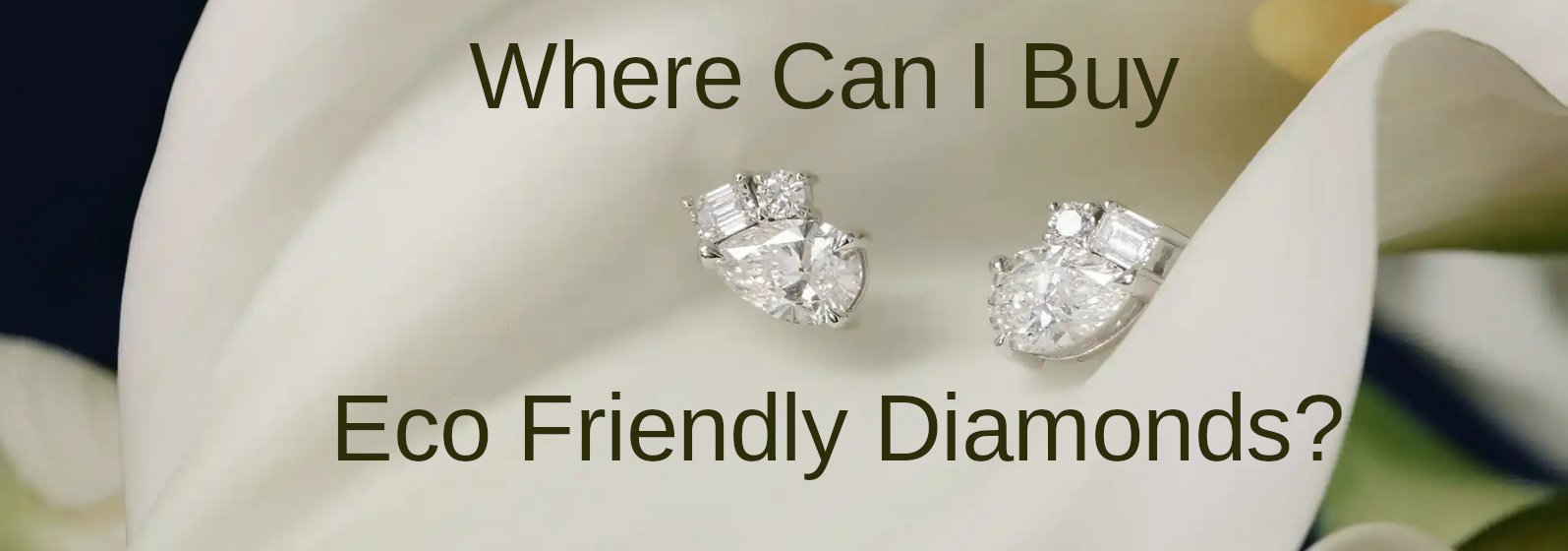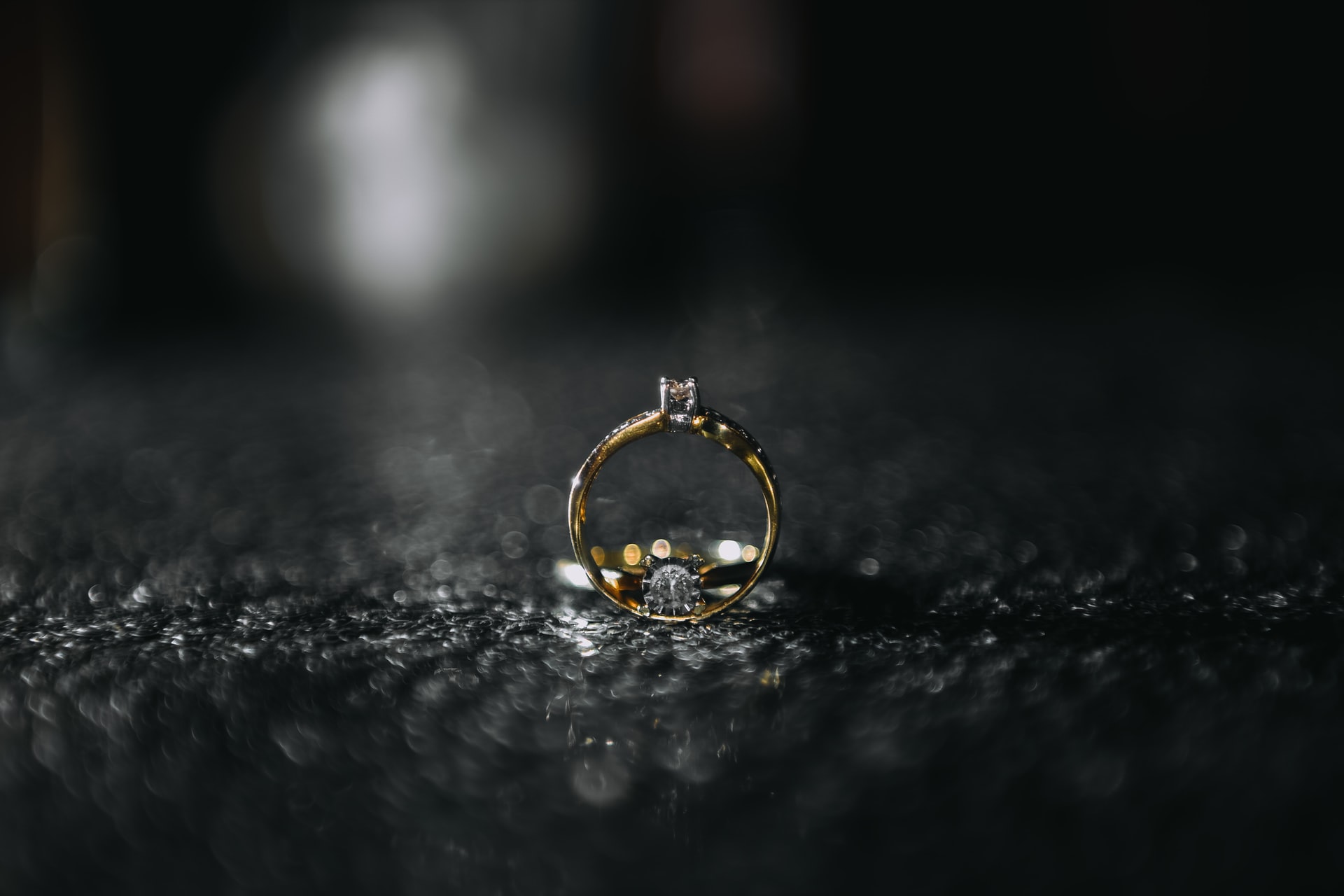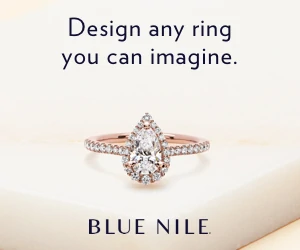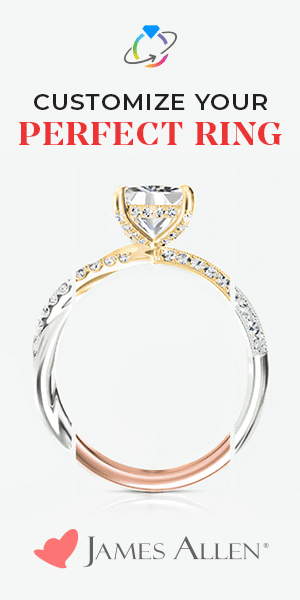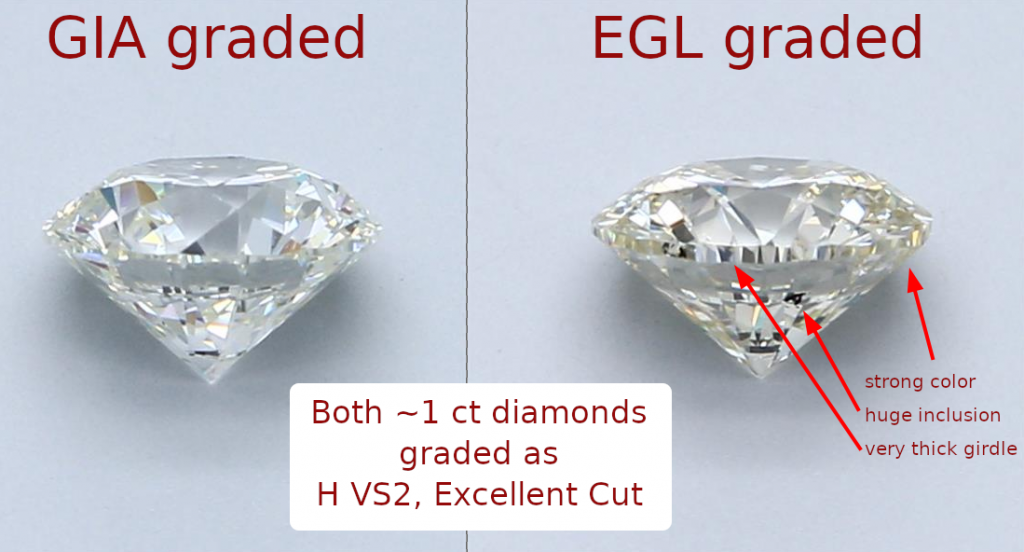
If you are in the market for a diamond you will soon become familiar with a few acronyms, GIA being one of the first you will come across. GIA stands for Gemological Institute of America and is one of the most widely recognized grading labs, not only in the United States but around the world.
However the longer you search the more likely you are to come across diamond vendors that stock diamonds which have been graded by labs other than GIA.
In this article I will be exploring some of the important differences between GIA and EGL graded diamonds and demonstrating why you are better off with a GIA diamond.
What is EGL
The European Gemological Laboratory (EGL) was established in 1973 in Antwerp, Belgium. EGL, as EGL International eventually grew and expanded its operations establishing labs in Antwerp (Belgium), Johannesburg and Cape Town (South Africa), Paris (France), London (UK), Tel Aviv (Israel), Seoul (South Korea), Istanbul (turkey), Mumbai and Delhi (India). Each of these EGL facilities was established as an independent franchise operating under the EGL International banner.
Likewise, EGL USA began as a franchisee of EGL International.
EGL USA eventually became independent of its European parent organization to operate as a completely separate entity. EGL USA has laboratories in Los Angeles, Vancouver, and Toronto, as well as headquarters in New York.
Differences In Grading Standards
There are essentially two problematic issues when it comes to grading diamonds: shared terminology for varying standards, and supposed “subjectivity“.
Shared Terminology
If a diamond grading report says that a diamond is a G color you expect it to be lighter than an H diamond and darker than an F diamond. But if two labs are using differing definitions for the same color grade the consumer may buy a darker diamond thinking they are getting a bargain.
GIA and AGS used the same master stones in establishing their color grades. EGL color grades are not the same as the GIA standard. The problem is that they use the same terminology with the highest color grade being D. But EGL’s “D” color grade is wider, and overlaps into what GIA would consider E or even F. There are many EGL “D” graded diamonds that have faint color when there should be no detectable color in a D graded diamond.
Subjectivity
Diamond grading is an important element and plays a crucial role in helping consumers choose a diamond as well as in the pricing of a diamond.
Training to be a diamond grader takes years.
The excuse often used in justifying the overgrading of a diamond is that diamond grading is subjective.
This subjectivity is then said to sometimes “accidentally” result in a diamond being overgraded.
Overgrading is something EGL labs became notorious for and many jewelers who want to make more money selling overgraded diamonds simply tell people that overgrading is all factored in to the price.
It’s not. Not really.
Gem grading labs that manage to keep a fairly consistent level of quality across their network demonstrate that they have been able to eliminate much of the subjectivity.
One hundred out of one hundred trained gemologists can tell the difference between a G and a J color.
As Martin Rapaport said: overgrading reports have become a license to lie about quality.
Even if consumers are told different standards are used, they still do not know the extent of the overgrading.
EGL USA or EGL International? What’s The Difference?
EGL International maintains 10 independently owned and operated testing facilities around the world, while EGL USA’s laboratories are owned and operated collectively as one entity. This means that EGL USA is able to maintain much more uniform standards than EGL International.
EGL International diamond grades are more lenient than those issued by EGL USA.
For the most part, diamonds graded by EGL USA have been found to be an average of about one color grade and one clarity grade lower, that is to say, worse, and consequently a tiny bit closer to a GIA grade, than EGL International graded diamonds.
For example, an EGL USA diamond graded H in color and SI1 in clarity would potentially be issued a G color and VS2 clarity by an EGL International lab.
How Does EGL Grading Compare to GIA Grading?
EGL graded diamonds are invariably several grades below GIA standards. This was demonstrated when overgrading became the subject of a special report in 2014.
The problem of overgrading came to a head when a customer sued a jeweler for selling them a pair of cuff links with 3 carat diamonds that were overgraded by a ridiculous amount. The EGL International graded diamonds were sent to GIA and found to be 6 and 7 color grades off. See chart below.
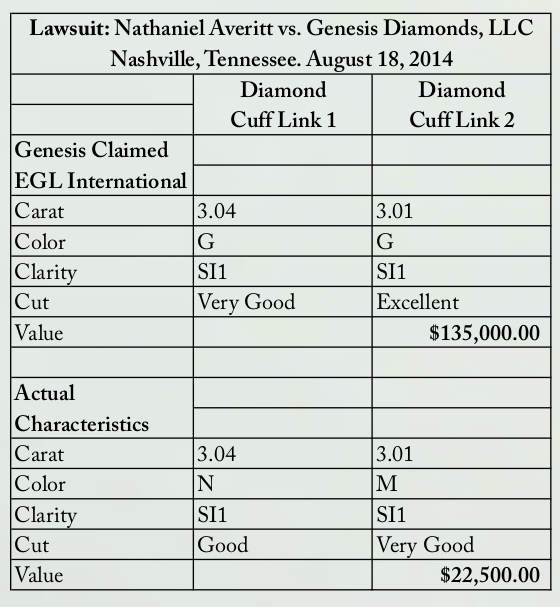
Choosing an EGL Certified Diamond
Nearly a quarter of diamonds sold online are EGL-graded. Even if you make sure the diamond grading report has the EGL USA logo the problem of overgrading has not yet been curbed.
EGL USA is lobbying to stop the import of loose diamonds with EGL International reports into the United States, though it remains to be seen if this is even possible.
Here’s how you can check which country an EGL report has been issued in:
EGL Belgium: The Diamond Grading Report code begins with A (for Antwerp)
EGL South Africa: Begins with SA
EGL Turkey: Begins with T
EGL India: Begins with letters D – J; maximum of 9 digits
EGL Israel: Usually begins with a number 2
If you’re purchasing an EGL-graded stone, you may be told that EGL USA has slightly stricter grading standards in regards to diamond color and clarity. The problem is that you have no guarantee that EGL USA certified diamonds are much better than those certified by EGL International.
Although the EGL International’s looser grading standards have made their certification slightly less credible, they have also caused the prices of EGL International certified diamonds to be lower in the diamond market. So even if you think you can get a great bargain for an EGL International certified diamond that appears to be under-priced the above chart shows that this is a false assumption.
Are you considering buying EGL diamonds? If so, be aware that the stone may be overgraded by 2, 3, 4, 5, 6 or even SEVEN grades!
Does that seem like a good deal to you?
Yes EGL USA is slightly stricter than EGL Indernational, but not by enough to make it a “good deal”.
Even if you are told the stone may be overgraded, how do you know if it’s by one grade or by seven grades?
Read the Full Report on Overgrading here:
Don’t have a Scribd Subscription? Use this link to sign up and get 60 days for free: https://www.scribd.com/g/p1dsh
Two Diamonds Compared
To demonstrate how easy it is to spot the difference in standards I examined two diamonds with identical color and clarity grades, one issued by EGL, the other by GIA. Prices are as listed at Diamonds-USA at the time of publishing.
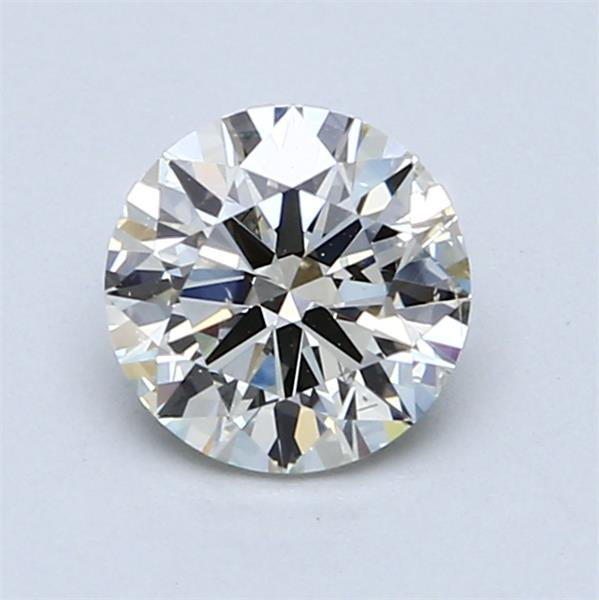
1.02 Carat, Round Diamond with Excellent Cut, H Color, VS2 Clarity and Certified by EGL (EGL1601375023)
$4,098 USD
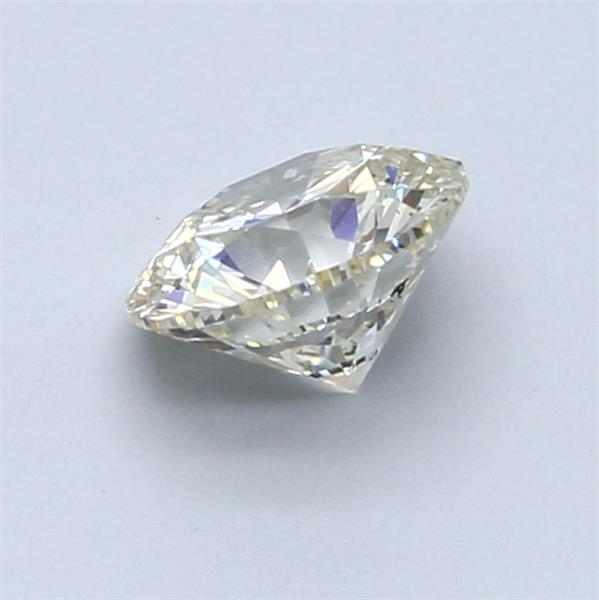
Side View of EGL1601375023
— Clarity overgraded: Undisclosed black inclusion in the pavilion (on the right)
— Extremely thick girdle which would disqualify it for a GIA Excellent cut grade
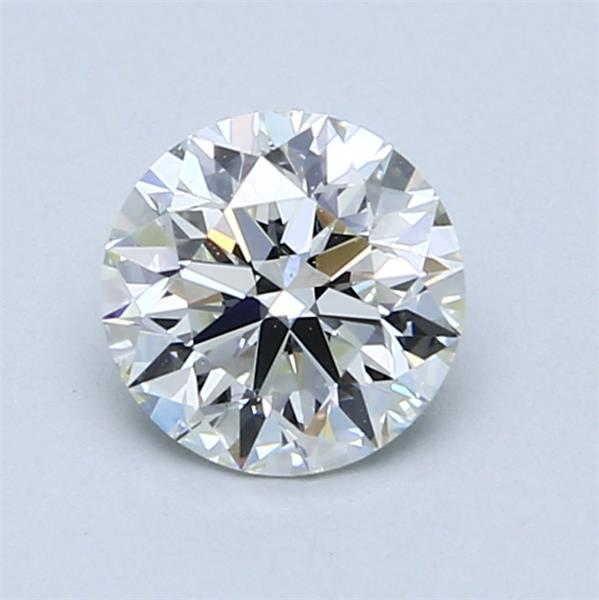
1.04 Carat, Round Diamond with Excellent Cut, H Color, VS2 Clarity and Certified by GIA (GIA6402358818)
$8,695 USD
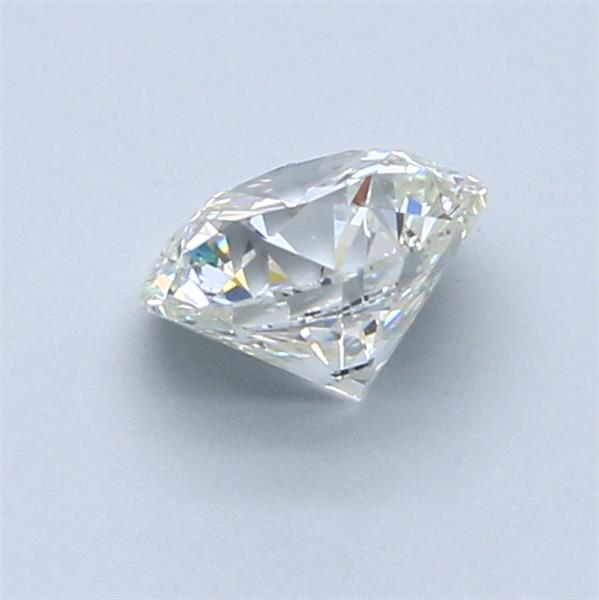
Side View of GIA6402358818
- Distinctly lighter color as per GIA standard for H color
- Conforms to VS2 standards (truly eye-clean)
- Conforms to GIA’s standard for Excellent cut including a reasonable 3.5% girdle thickness.
False Economy
While it may seem that a stone which is nearly half the price is surely a bargain, think again.
The EGL graded stone is still not a steal.
You can get a better quality GIA graded stone, even though on paper it may seem like a worse stone.
If we compare a GIA stone with qualities that are comparable through the high resolution images we can see that there is still better value to be found in GIA graded diamonds.
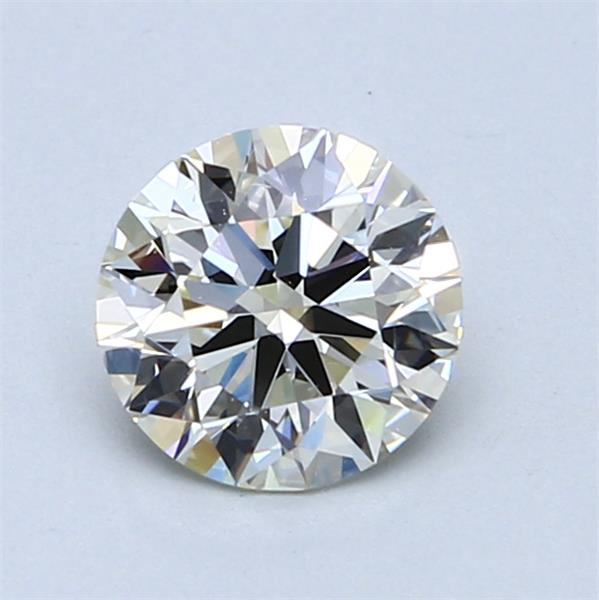
1.00 Carat, Round Diamond with Excellent Cut, L Color, SI1 Clarity and Certified by GIA (GIA2404678370) $3,459 USD
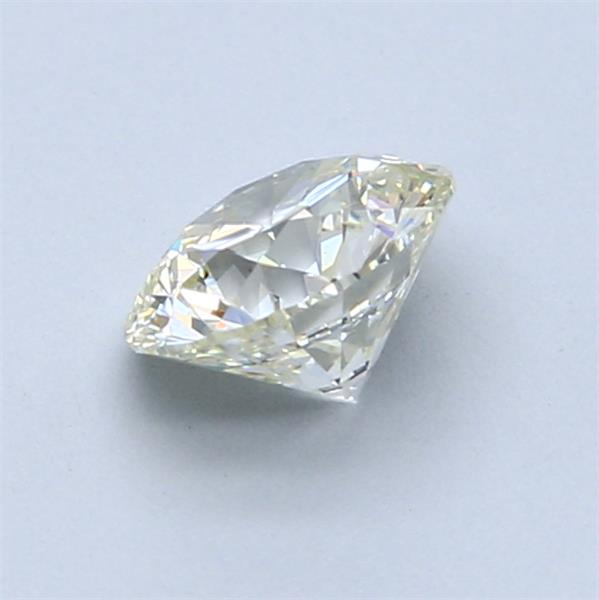
Side view of GIA2404678370
This GIA L color stone looks about the same or lighter than the EGL which was said to be an H color (EGL1601375023)
that’s 4 grades difference!
I did not need to search extensively to find diamonds with the above discrepancies. It took me all of 2 minutes to find a perfect example of EGL overgrading.
Conclusion
If you want to save money just go for a lower color and/or clarity grade GIA graded stone. EGL graded stones do not represent better value for the consumer, only for the dealer.

